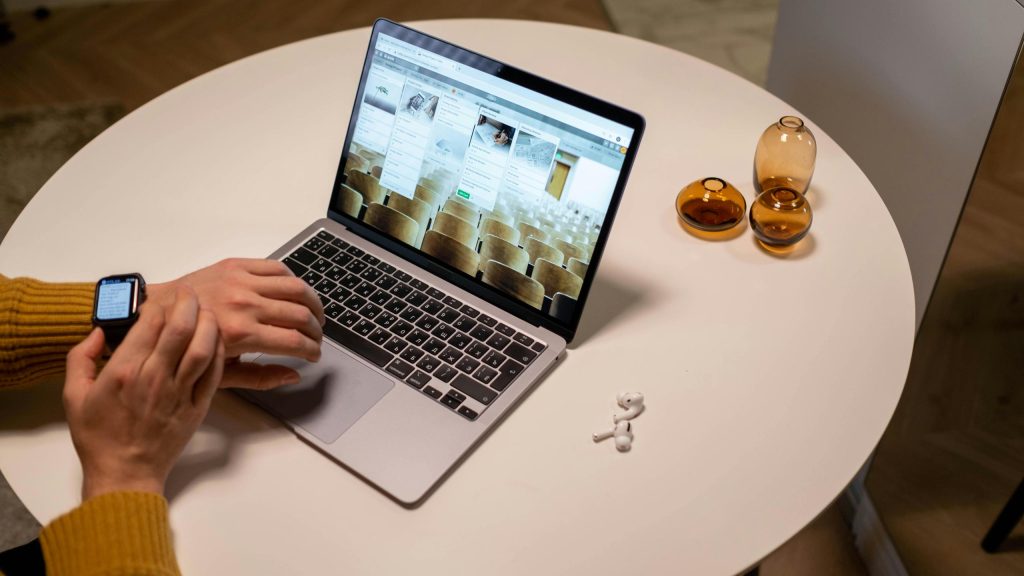 June 19, 2025
Wearables
0 Comment
June 19, 2025
Wearables
0 Comment
The Shift from Passive Devices to Active Guidance
Not long ago, wearable devices were glorified pedometers. They counted steps, buzzed at milestones, and quietly recorded data few people ever reviewed. But now, these tiny companions have evolved. No longer passive observers, they have started to become active participants in our well-being.
Modern health wearables are learning. Not in the science fiction sense, but in the way that reflects how we live, how we move, how we sleep—and most importantly, how we respond. Today, smartwatches, rings, and bands offer personalized insights, even subtle nudges that align with our health goals.
Take sleep tracking, for instance. Devices like the RingConn Smart Ring and the latest iteration of the Oura Ring are not just logging hours. They interpret patterns, highlight recovery cycles, and prompt behavioral changes that lead to better rest. They offer something precious: context.
From Monitoring to Mentoring
The difference between recording and recommending may seem slight—but it is transformative.
New-generation wearables like Whoop and Fitbit Sense don’t just deliver numbers. They interpret them. Based on heart rate variability, temperature, and movement, they can suggest rest days, signal overtraining, or advise on hydration strategies. These aren’t wearables. They’re quiet health mentors strapped to your wrist.
And with the integration of biometric sensors and metabolic tracking, some devices now infer glucose fluctuations, suggest meal timing, and anticipate energy dips before you feel them. It’s predictive, almost preemptive.
Beyond Fitness: Real-Life Use Cases
The future of health wearables doesn’t belong only to gym-goers and data nerds. It’s increasingly practical.
- Office Workers benefit from stress tracking and break-time alerts to prevent burnout.
- Frequent Travelers use sleep cycle optimization to combat jet lag.
- Parents monitor family health stats from a central app, spotting trends before problems emerge.
Even eyewear is entering the game. Smart glasses like the Meta Ray-Ban series are pairing display with environmental data to potentially transform chronic condition monitoring.

Why This Matters
What’s unfolding isn’t a gadget trend—it’s a health shift.
Wearables are no longer optional accessories. They’re becoming health collaborators. Their role in proactive healthcare, especially in preventive guidance, is just beginning. They’re not replacing doctors, but they may help you avoid the visit in the first place.
In a world saturated with data, the real value lies in interpretation. Wearables have figured that out. The smartest ones don’t just count what you do—they help you understand why it matters.
Tag: wearables-health
